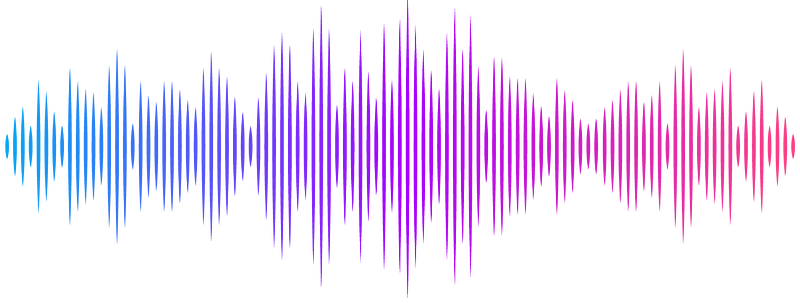Evidence that the SARS-CoV-2 S protein undergoes a conformational change at the Golgi Complex that leads to the formation of virus neutralising antibody binding epitopes in the S1 protein subunit.

Evidence that the SARS-CoV-2 S protein undergoes a conformational change at the Golgi Complex that leads to the formation of virus neutralising antibody binding epitopes in the S1 protein subunit.
Sugrue, R. J.; Tan, B. H.; Lai, S. K.; Chan, C. E.-Z.; Wu, Y.
AbstractRecombinant SARS-CoV-2 S protein expression was examined in Vero cells by imaging using the human monoclonal antibody panel (PD4, PD5, sc23, and sc29). The PD4 and sc29 antibodies recognised conformational specific epitopes in the S2 protein subunit at the Endoplasmic reticulum and Golgi complex. While PD5 and sc23 detected conformationally specific epitopes in the S1 protein subunit at the Golgi complex, only PD5 recognised the receptor binding domain (RBD). A comparison of the staining patterns of PD5 with non-conformationally specific antibodies that recognises the S1 subunit and RBD suggested the PD5 recognised a conformational structure within the S1 protein subunit. Our data suggests the antibody binding epitopes recognised by the human monoclonal antibodies formed at different locations in the secretory pathway during S protein transport, but a conformational change in the S1 protein subunit at the Golgi complex formed antibody binding epitopes that are recognised by virus neutralizing antibodies
